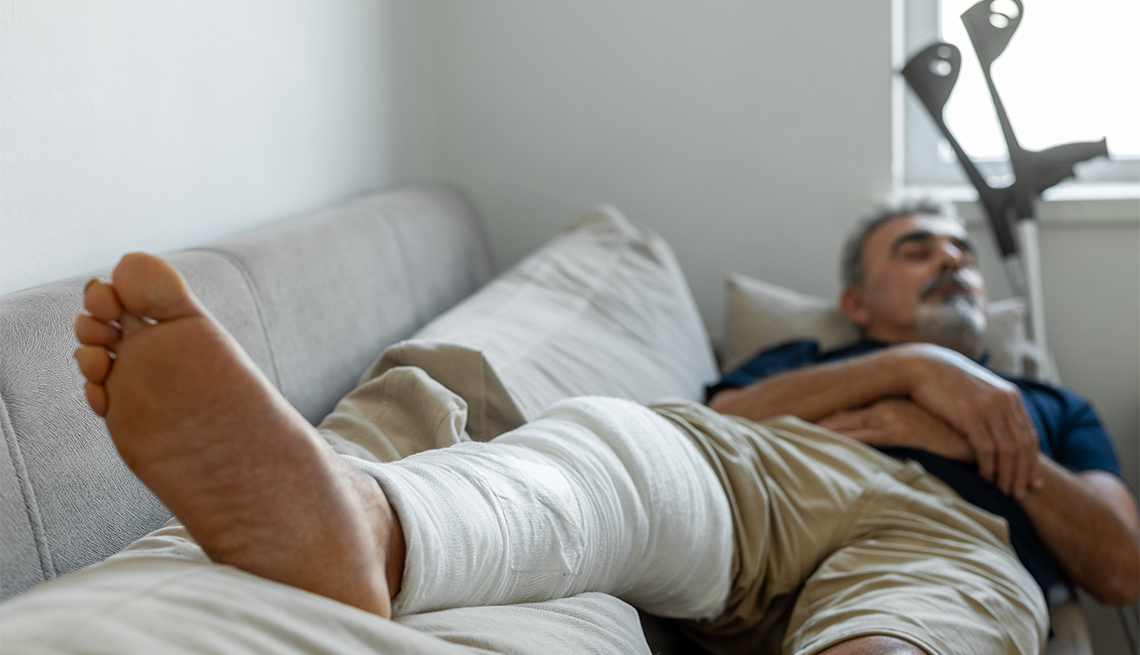
- Select a language for the TTS:
- UK English Female
- UK English Male
- US English Female
- US English Male
- Australian Female
- Australian Male
- Language selected: (auto detect) - EN
Play all audios:
5. STOCK UP ON ICE PACKS Icing your knee following surgery is critical and has been shown to reduce swelling, pain and inflammation to allow for a greater range of motion. You can use
regular ice in a ziplock bag, bags of frozen vegetables or get special ice packs that wrap around your knee. If it’s possible, Westrich recommends renting an ice therapy machine that applies
cold therapy along with compression. “A lot of my patients who did one knee years ago and another knee more recently have said emphatically that having an ice machine, they noticed a huge
difference in their recovery,” he says. Most patients rent the machine for two weeks following surgery, he says. 6. DECLUTTER, CLEAN AND STOCK YOUR FREEZER Look around your home and think
about how to make it easier to navigate with a cane, walker or crutches. Put away throw rugs and electrical cords, which can catch on a dragging foot or walking aid, Menacker advises. Move
furniture to make wide, clear pathways. This is also the time to give your home a good cleaning — dust, vacuum and mop — since those chores will be difficult after your surgery. Do all your
laundry and change the sheets. Place houseplants in one area to make watering easier, and stock your freezer with meals that are easy to heat. 7. LINE UP HELP IN ADVANCE Arrange for someone
to mow your lawn, bring in the mail, shop for groceries and help with other chores postsurgery. Most patients aren’t able to drive for two to eight weeks, depending upon which knee was
operated on. If you have a dog, hire a walker or board it for a few weeks. “I’ve had patients fall walking their dog,” Westrich says. “Even simple things like cleaning up after your dog
requires you to lean down, and it’s not easy to bend over right away.” Sign up for delivery services that make it easy to have food and other items delivered. 8. CONSIDER WHAT ELSE YOU
MIGHT NEED Depending on how much help you have, you may want to invest in other items to make the activities of daily living easier postsurgery, Menacker says. A reacher can help you grab
hard-to-reach things at higher and lower levels. A sock aid can help you pull on your socks, and a long-handled shoehorn can guide your foot into a slip-on shoe. “A lot of what you need
depends on what kind of home situation you have and whether you have someone who can help with your care,” Menacker says. _Michelle Crouch is a contributing writer who has covered health and
personal finance for some of the nation's top consumer publications. Her work has appeared in _Reader's Digest, Real Simple, Prevention, The Washington Post _and_ The New York
Times. WAYS TO SAVE YOUR KNEES








